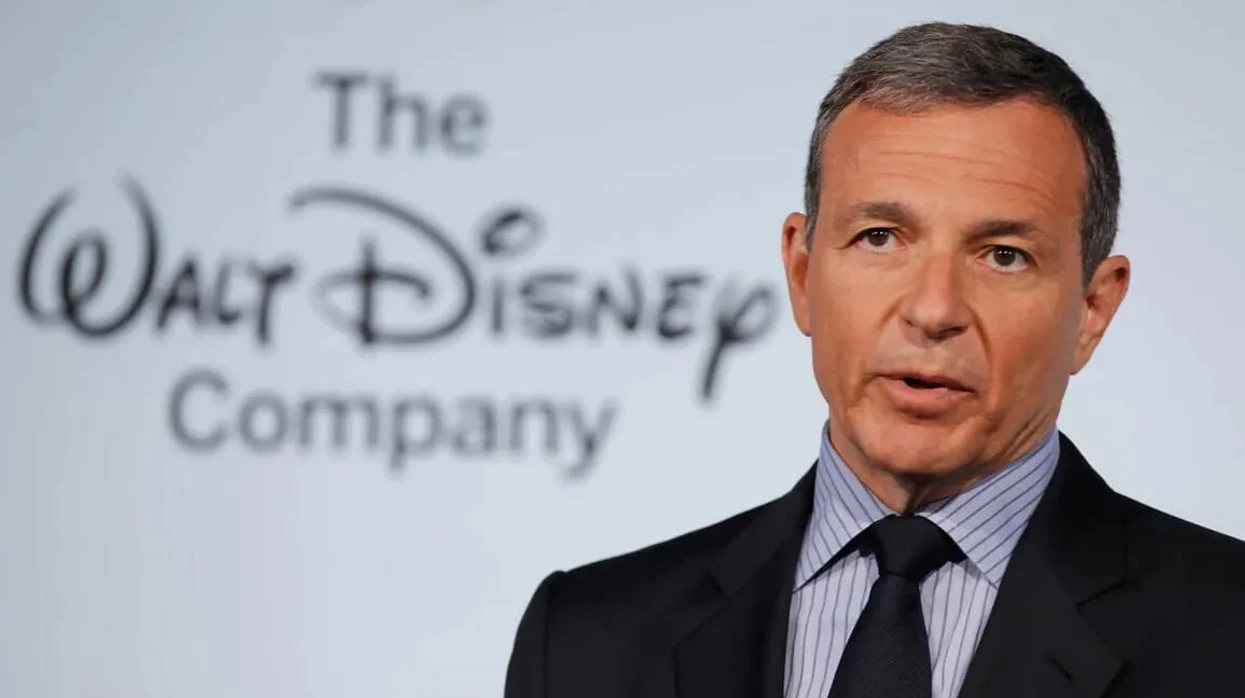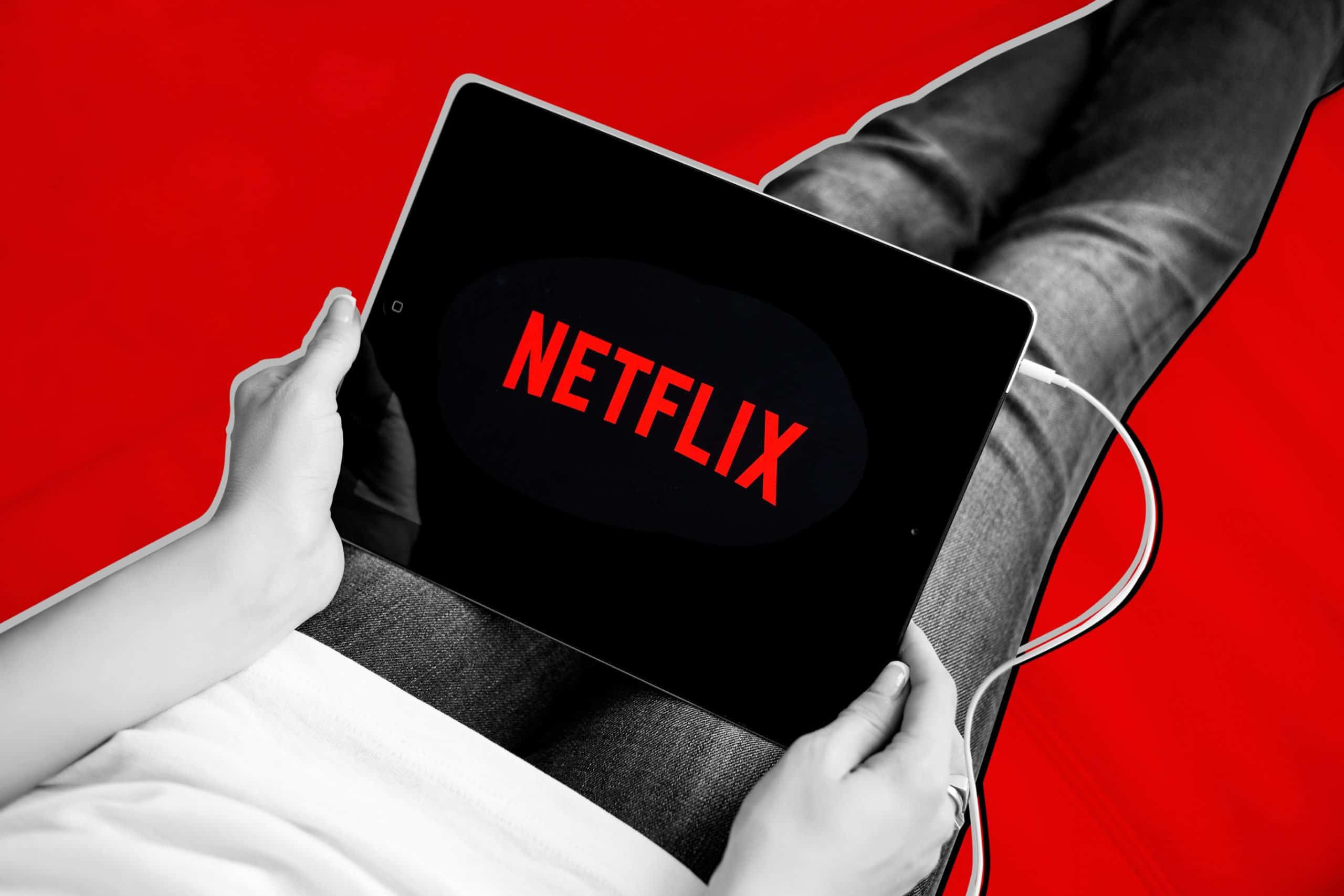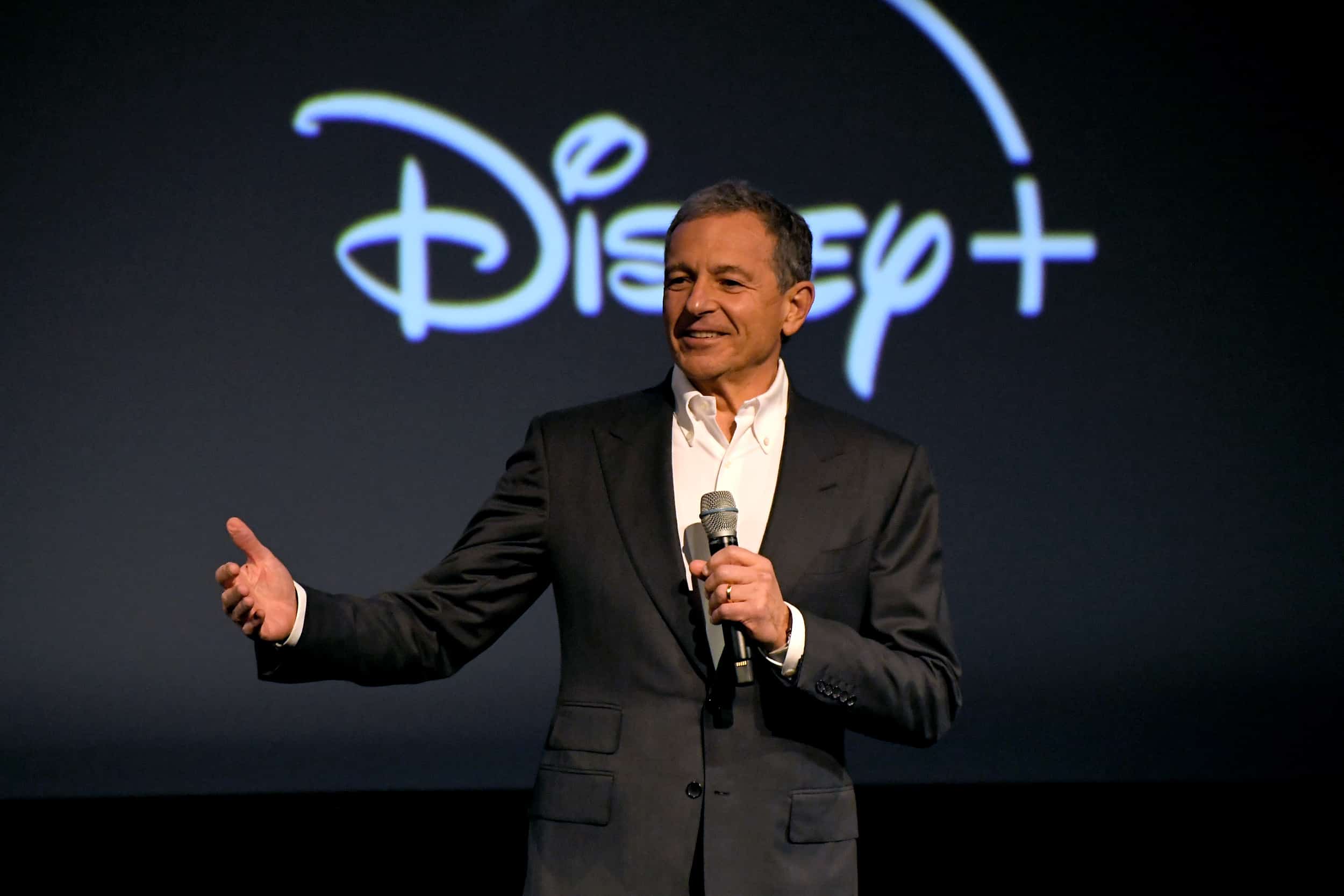Robert Allen Iger, famous as Bob Iger was born February 10, 1951, to a Jewish family in New York City. He is the oldest son of Miriam “Mimi” and Arthur L. Iger and is a media business executive, and is currently a chief executive officer (CEO) of The Walt Disney Company.
Previously he worked as the president of ABC from 1994 to 1995 and the president and chief operating officer (COO) of Capital Cities/ABC in 1995.
He worked there until its acquisition by Disney occurred in 1996. He was then made president of Disney in 2000 and also CEO in 2005 until his contract expired in 2020. After that, he began as executive chairman of the company until his retirement on December 31, 2021.
However, Iger returned to Disney as CEO on November 20, 2022, at the request of Disney’s board of directors following the unscheduled and immediate dismissal of his appointed successor, Bob Chapek.
Bob Iger’s 15-year tenure as Disney’s CEO was marked by significant achievements. He expanded the company’s intellectual properties, global presence, and market capitalization. Major acquisitions like Pixar, Marvel, Lucasfilm, and 21st Century Fox were made under his leadership.
He also focused on theme park growth in East Asia and revitalized Walt Disney Animation Studios. Iger’s emphasis on direct-to-consumer investments led to the success of Disney+ and Hulu. As CEO, he received about $27 million in annual target compensation.

Disney’s Shift and Netflix’s Surging Success: The Future of Hollywood
In recent news, Bob Iger, the visionary behind Disney’s expansion into a global entertainment powerhouse, is now looking to downsize the company. Iger’s decision to put roughly a third of Disney up for sale comes as the media landscape undergoes significant transformations.
Meanwhile, Netflix, the streaming giant, continues to dominate the industry, with its recent success indicating a bright future for the streaming business.
How Netflix Revolutionized the Industry
The OTT platform giant Netflix is at ease with the company’s financial growth in the industry. In June, Netflix experienced its best quarter of domestic growth in years, with approximately 3.5 million new subscribers signing up in the US alone. The company’s crackdown on password sharing and advancements in its advertising business has significantly contributed to this surge in subscribers.
Furthermore, the data suggest that millions more have started paying for Netflix as a result of the password crackdown, indicating a positive impact on the company’s customer base.
Despite concerns that this strategy might have an adverse effect, Netflix’s forward-looking approach appears to be paying off, as its stock price has risen considerably since the market bottomed out.

Also Read: Michael Boltons Romantic Album Born from the Pandemic: Finding Love in the Chaos
Bob Iger’s Strategic Pivot: Letting Go of Linear TV Assets
Bob Iger, known for orchestrating Disney’s successful acquisitions of Pixar, Marvel, and Lucasfilm, has shifted gears to focus on downsizing the company. This move is driven by the changing landscape of the entertainment industry, particularly the declining prospects of linear TV networks.
Disney’s media networks, which generated a significant portion of the company’s revenue and operating income before the pandemic, have faced challenges due to the rapid decline of cable TV.
In response, Iger made the bold move of putting up Disney’s linear TV assets, including ABC, FX, and Freeform, for sale, signaling a shift away from traditional broadcasting. Additionally, the company is seeking a strategic partner for ESPN, although not entirely divesting from it. The ongoing restructuring also extends to Disney’s TV and streaming business in India.
The Challenges of Disney’s Streaming Business: Navigating Price Hikes and Subscriptions Drops
While Disney entered the streaming market with Disney+ and Hulu, their streaming business is facing its share of challenges. In an effort to rapidly attract subscribers, Disney offered low prices during the launch of Disney+ in 2019, leading to unsustainable growth.
The company is now looking to increase prices while also keeping the customers. However, this transition has not been smooth, as a loss of 4 million subscribers was seen last quarter.
The sale of the TV business, potentially fetching around $8 billion, is seen as a measure to offset the debt stemming from the acquisition of 21st Century Fox.
However, the future of Disney’s TV networks and streaming platforms remains uncertain as they navigate a changing media landscape and intense competition in the streaming market.

Streaming’s Dominance and Traditional Media’s Decline
The decisions made by Disney and Netflix signal a broader shift in the entertainment industry. As Disney looks to restructure and downsize its traditional TV assets, it raises questions about the fate of other media companies heavily reliant on shrinking cable networks.
Paramount Global and Warner Bros Discovery Inc., for example, are still generating most of their profits from networks facing decline.
Also Read: Elise Finch Legacy: Honoring the Life of a Respected CBS New York Meteorologist




